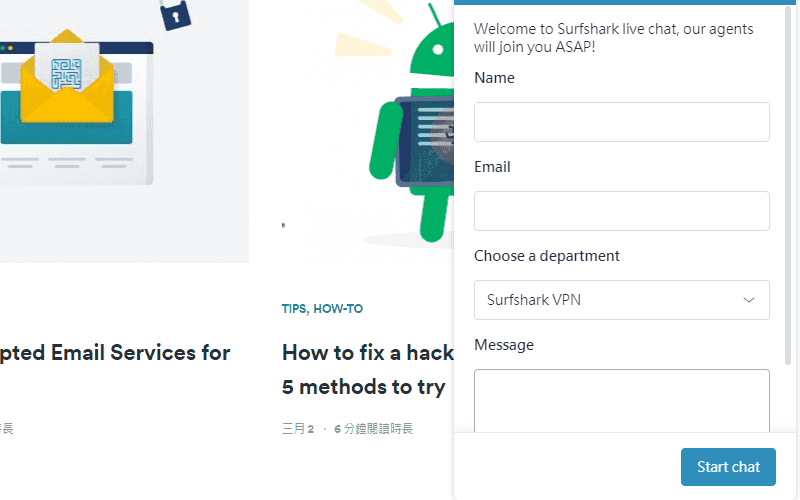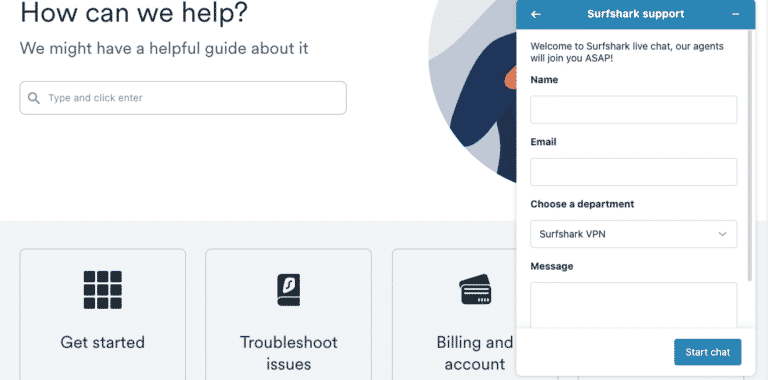

This is thanks to the fact that Surfshark uses its own private DNS servers. It passed on all fronts and no sensitive data was ever exposed.

We tested Surfshark for IP, DNS, and WebRTC leaks using our own leak test tool. Surfshark’s kill switch does not stop IP address leaks when changing servers on macOS. However, VPNs like Mullvad and PIA have come up with a solution, so we expect the same from Surfshark. This is a problem common to many VPNs on Mac. Our results show that Surfshark’s kill switch worked to prevent our IP address leaking, except when changing servers on macOS devices. If the kill switch works, our real IP address should never be detected - even when we switch servers or our internet connection drops. We tested whether Surfshark’s kill switch actually works by using our in-house kill switch test tool. We recommend that you go into Surfshark’s settings and toggle it on. Surfshark’s kill switch is not on by default, which is an oversight in our opinion. Our analysis showed that our web traffic was completely unreadable and fully encrypted. We can confirm this is the case, as we tested Surfshark’s encryption with the packet-sniffing tool, Wireshark. This is what conceals your data and it’s considered unbreakable. Surfshark also uses the best encryption cipher, called AES-256. Surfshark has taken the right decision to abandon outdated protocols like PPTP. The security protocols Surfshark offers include WireGuard, OpenVPN, and IKEv2.


 0 kommentar(er)
0 kommentar(er)
